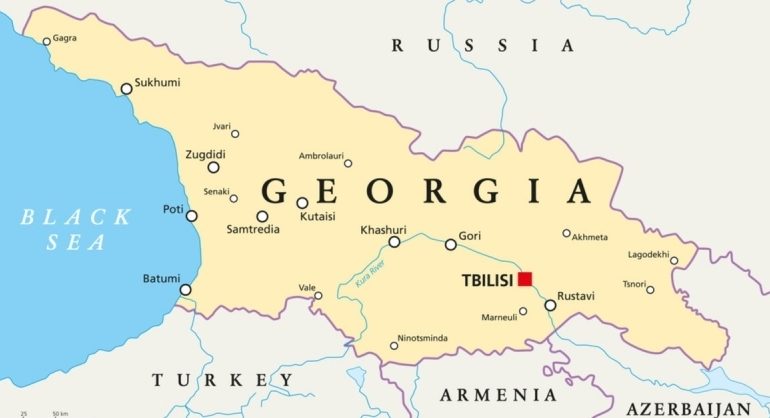Let’s begin with the neighbouring countries – in this case, based on the pace of economic growth, Armenia is in lead not Georgia.
“Georgia is the leading country in the region in regards to economic growth” – stated the former prime minister in yesterday’s interview.
Forbes decided to explore to what extent this statement, made by Bidzina Ivanishvili, is correct.
Let’s begin with the neighbouring countries – in this case, based on the pace of economic growth, Armenia is in lead not Georgia.
In the first quarter of 2018, Armenia’s economy grew by 10%. Russia’s economy grew by 1.3% and Azerbaijan’s came to 2.3%. In Turkey, the pace of GDP growth in the first quarter of this year was 7.4%. As for Georgia, the economic growth in the first 6 months of this year was 5.4%.
According to the latest data of the economic growth in countries of the region, In August, for example, the economic growth annually amounted to 2.1%. In the same period, the growth amounted to 2% in Georgia. Russia’s economy grew by 1.1% in August, and in Armenia the pace of GDP growth by the end of the summer decreased to 0.6%.
It is worth noting that during this period the depreciation of the Turkish Lira and Russian Ruble had a great influence on the economies of the region.
Nor was Georgia a leader in economic growth in 2017. In particular, according to the National Statistics Office, the economy grew by 5% in the country, during the same period the economies of the neighbouring countries, such as Armenia, grew much more ( 7.5%), as well as Turkey (7.4%). Less growth was recorded in Russia with 1.5% and Azerbaijan at 0.1%.
If we look at the rest of the region, we can see that last year in Belarus the economic growth amounted to 2.4%, in Kazakhstan 4%, and in Ukraine 1.5%.
According to the International Currency Foundation’s forecast, Georgia won’t be in lead this year either. The IMF incorporates Georgia in the CIS regions (of course, neither Georgia, or Turkmenistan and Ukraine are members of the CIS, however, based on the geographical location, Georgia has been included in this group) and in this region in 2018 greater growth is expected in Armenia and Turkmenistan than in Georgia. The IMF predicts the following:
· Turkmenistan 6.2%
· Armenia 6%
· Georgia – 5.5%
· Uzbekistan – 5%
· Tajikistan – 5%
· Belarus – 4%
· Moldova – 3.8%
· Ukraine – 3.5%
· Kazakhstan – 3.1%
· Kyrgyzstan – 2.8%
· Russia – 1.7%,
· Azerbaijan – 1.3%.
In 2017 Georgia’s 5% economic growth put it in 42nd place among the countries around the world but, according to the 2018 forecast (5.5%), Georgia holds the 31st position.
According to the next years forecast, there are three countries ahead of Georgia. The IMF expects that next year Georgia’s GDP will grow by 4.8% and based on pace of the growth, ahead of Georgia will be Tajikistan (5%), Turkmenistan (5.6%) and Uzbekistan (5%).
Based on the average data over the last 10 years, which also follows the IMF standards, in recent years only a few countries around the world managed to achieve two-figured economic growth due to the 2008 economic crisis. In the last 10 years, Georgia’s economic growth on average was 3.5% putting it in 82nd place in the world. In the last 10 years, the average economic growth rate in Azerbaijan was 3.1%. Armenia’s average economic growth over the past 10 years was 1.8%, Russia’s was 0.9%, and Turkey’s was 4.5%.

















